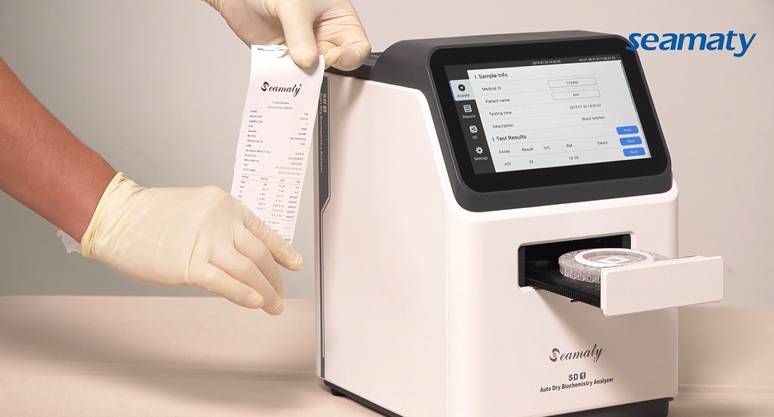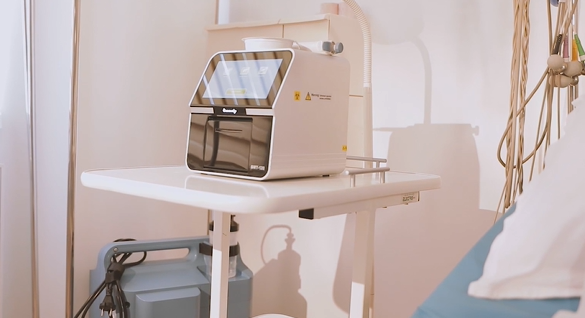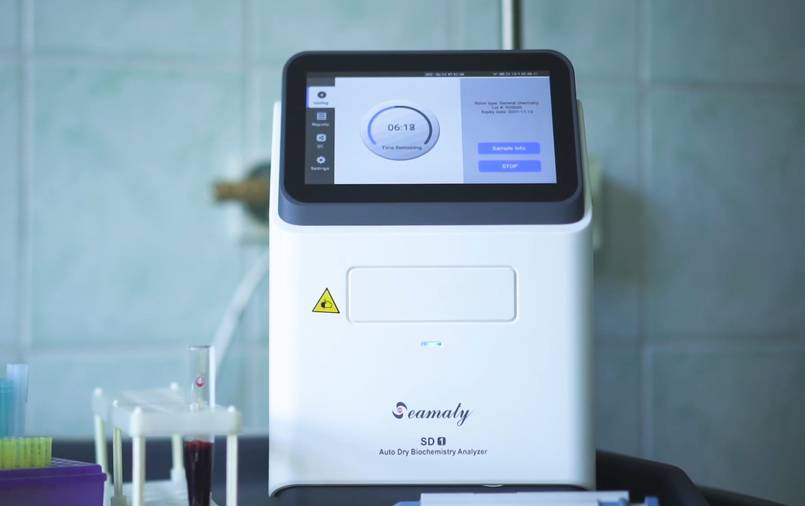Medical equipment is now necessary for every medium and large hospital. Since medical equipment contains many kinds, people have classified it. There are 3 main categories of medical equipment. Diagnostic equipment category, treatment equipment category and auxiliary equipment category.
1. Diagnostic equipment
For example: X-ray diagnostic equipment, ultrasonic diagnostic equipment, functional examination equipment, endoscopic examination equipment, nuclear medicine equipment, experimental diagnostic equipment and pathological diagnostic equipment.
2. Treatment equipment category
-
a) Ward care equipment: such as hospital beds, trolleys, oxygen cylinders, gastric lavage machines, needle-free syringes, etc.
-
b) Surgical equipment: such as operating beds, lighting equipment, surgical instruments and various tables, racks, stools and cabinets. Also includes microsurgery and other equipment.
-
c) Radiotherapy equipment: such as contact therapy machines, superficial therapy machines, depth therapy machines, gas pedals, etc.
-
d) Nuclear medicine treatment equipment: such as internal irradiation therapy, dressing therapy and colloid therapy.
-
e) Physical and chemical equipment: such as phototherapy business, electrotherapy equipment, ultrasound therapy and sulfur therapy equipment.
-
f) Laser equipment: such as medical laser generators (commonly used are ruby laser, helium-neon laser, carbon dioxide laser, argon ion laser and YAG laser, etc.).
-
g) Dialysis treatment equipment: commonly used artificial kidneys are flat artificial kidneys and tubular artificial kidneys.
-
h) body temperature freezing equipment: such as semiconductor cold knife, gas cold knife and solid cold knife, etc.
-
i) First aid equipment: such as cardiac defibrillation and pacing equipment, artificial respirators, ultrasonic nebulizers, etc.
-
j) Other treatment equipment: such as hyperbaric chamber, high-frequency electrochromic device for ophthalmology, electromagnetic suction iron, vitreous cutter, blood adult separator, etc.
3. Auxiliary medical equipment category
For example, sterilization equipment, refrigeration equipment, central attraction and oxygen supply system, air conditioning equipment, pharmaceutical machinery and equipment, blood bank equipment, medical data processing equipment, medical video photography equipment, etc.
Seamaty is a fast growing medical device manufacturer specializing in the development, manufacture and marketing of clinical diagnostic products.
Based in Chengdu, China, Seamaty manufactures a wide range of IVD devices and reagents based on blood tests, biochemical diagnostics, immunodiagnostics, and POCT.
Seamaty clinical test analyzers are supported worldwide by a qualified business development and service support team. We provide support in other countries through highly trained and professional distribution partners.


